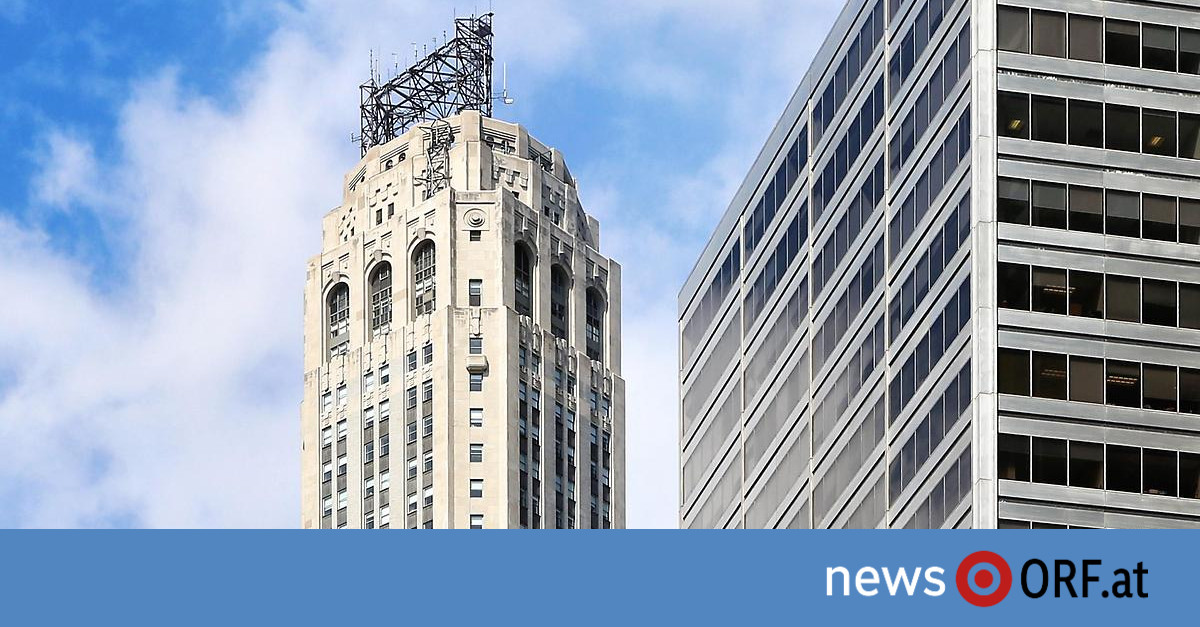Residents of the 59-story building, which was completed in 1931, according to the New York Times, held a protest in front of the building this week to draw attention to problems that have existed since October. They were supported by several local MPs.
One of the residents, Aston Hunt, told the CBS TV channel about a dangerous elevator ride a few weeks ago, which he also recorded on his cell phone. And he summed up the misery: “We had lifts in which people got stuck while riding. We’ve had elevators that sag, and we’ve had elevators that don’t work for hours – for days and months.” One resident said – standing in front of the entrance – with typical New York sarcasm: “If the elevator doesn’t work, it’s gone quite a long way home here.”
It hits the elderly and people with walking disabilities the worst. It’s enough if you have a cast foot like 30-year-old Gina Chen, who lives on the 22nd floor. In the event of an emergency, lift failures are particularly problematic. “What if ambulance or police, who have to climb many floors, can’t reach someone in time?” said one of the protesting residents.
More than 750 apartments
The high-rise is a busy residential development with more than 750 apartments, many with luxury amenities and great harbor views, but also cheaper apartments with rent caps. The lobby is spacious and sophisticated with marble mosaics. There are also art deco lifts that take the tenants to their apartments – and they should.
Instead, there are always long outages that turn life upside down for the residents. Lifts often fail for hours – and it is also not possible to predict when that will happen. The problems have also become more frequent in recent weeks. All floors from the 16th upwards are affected. The lifts from the ground floor to the 15th floor have worked without complaint so far.
Mutual finger pointing
The building management and the electricity supplier blame each other: The management emphasizes that more than ten experts for elevators and electrics were hired to find the cause of the persistent problem. And she points to overvoltage and thus the power supplier Con Edison as the culprit.
Con Edison, in turn, emphasizes that extensive tests and inspections have been carried out and no indication has been found that the power supply is “poor or faulty”. According to Con Edison, the problems began when the “installation of a new lift system” began. According to building management, it was a lift upgrade and it was done months before the problems started.
Mechanic around the clock
According to “NYT”, elevator mechanics are now on site around the clock – but it often takes hours before the cause can be found and fixed. Residents were offered hotel rooms on lower floors and in surrounding buildings. Of course, this is not a permanent replacement for your own home. In any case, the tenants are fed up and have hired lawyers.
The skyscraper at 20 Exchange Place near the Stock Exchange in Lower Manhattan was the fifth tallest building in New York when it was completed more than 90 years ago. It was built within a year and served as the headquarters of City Bank, which later became today’s Citi Bank. The 226 meter high building was built in the art deco style typical of the time.
Involuntary fitness program
After all, renters pay around $5,000 for a one-bedroom apartment. A tenant spoke to the “NYT” of “high-rise hell”, many described how they had to reorganize their lives because of the lift failures: they missed appointments and are always late for work. Many would have already considered moving out – which is not exactly easy without a lift. “Our life changed completely the moment the lifts stopped working,” says 30-year-old Faisal Al Mutar, who lives on the 22nd floor.
Those who can, go up – many – steps to reach their dwelling. One resident got so used to climbing the stairs that he signed up for the 9/11 Tunnels to Towers charity event in June, according to NYT. 1,000 participants climb the 104-storey One World Tower, which was built on Ground Zero.
–


